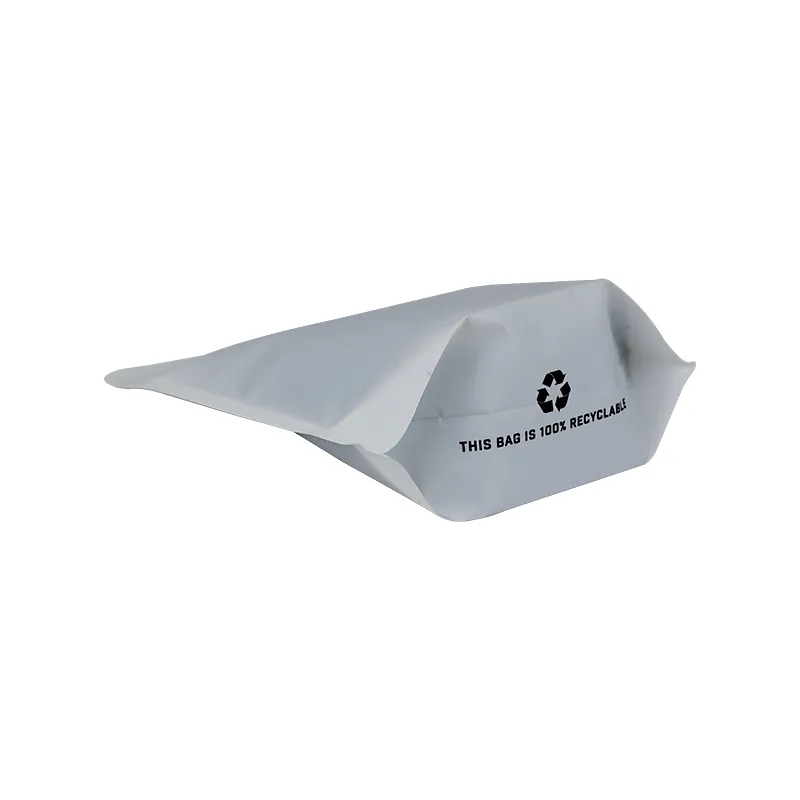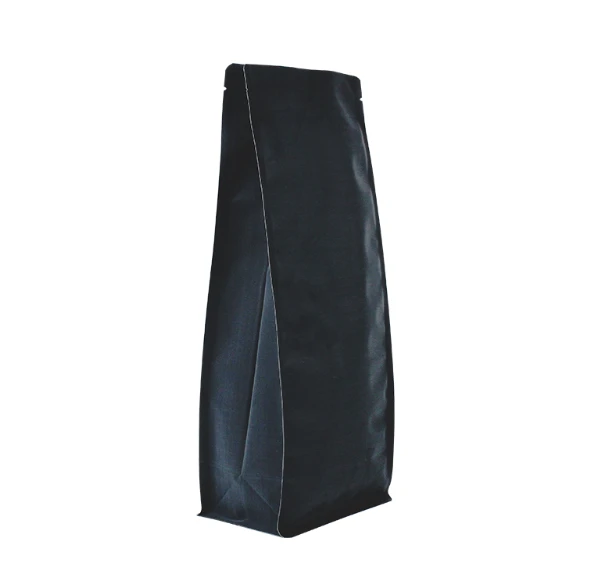- Afrikaans
- Albanian
- Amharic
- Arabic
- Armenian
- Azerbaijani
- Basque
- Belarusian
- Bengali
- Bosnian
- Bulgarian
- Catalan
- Cebuano
- chinese_simplified
- chinese_traditional
- Corsican
- Croatian
- Czech
- Danish
- Dutch
- English
- Esperanto
- Estonian
- Finnish
- French
- Frisian
- Galician
- Georgian
- German
- Greek
- Gujarati
- haitian_creole
- hausa
- hawaiian
- Hebrew
- Hindi
- Miao
- Hungarian
- Icelandic
- igbo
- Indonesian
- irish
- Italian
- Japanese
- Javanese
- Kannada
- kazakh
- Khmer
- Rwandese
- Korean
- Kurdish
- Kyrgyz
- Lao
- Latin
- Latvian
- Lithuanian
- Luxembourgish
- Macedonian
- Malgashi
- Malay
- Malayalam
- Maltese
- Maori
- Marathi
- Mongolian
- Myanmar
- Nepali
- Norwegian
- Norwegian
- Occitan
- Pashto
- Persian
- Polish
- Portuguese
- Punjabi
- Romanian
- Russian
- Samoan
- scottish-gaelic
- Serbian
- Sesotho
- Shona
- Sindhi
- Sinhala
- Slovak
- Slovenian
- Somali
- Spanish
- Sundanese
- Swahili
- Swedish
- Tagalog
- Tajik
- Tamil
- Tatar
- Telugu
- Thai
- Turkish
- Turkmen
- Ukrainian
- Urdu
- Uighur
- Uzbek
- Vietnamese
- Welsh
- Bantu
- Yiddish
- Yoruba
- Zulu
How to Accurately Measure a Box for Efficient Shipping Solutions
How to Measure a Box for Shipping
When it comes to shipping items, one of the most critical steps is measuring the box accurately. Proper measurements ensure that you choose the right size box for your items, helping to reduce shipping costs and prevent damage during transit. In this article, we will guide you through the essential steps to measure a box for shipping, discussing aspects such as dimensions, weight, and how these factors influence shipping rates.
Why Accurate Measurements Matter
Accurate measurements are crucial for several reasons. First and foremost, shipping companies often charge based on both the size and weight of the package. If your box is too large, you may incur additional fees. Conversely, if the box is too small and doesn’t provide adequate protection for your item, it may arrive damaged, resulting in further costs for replacements or refunds.
Moreover, precise measurements contribute to better inventory management for businesses. They enable sellers to package products efficiently, maintain stock levels, and minimize waste. This accuracy can also enhance customer satisfaction, as customers receive their orders in perfect condition.
Tools Needed for Measuring
To measure a box accurately, you need a few simple tools
1. Tape Measure A standard tape measure is essential for taking length, width, and height measurements correctly. 2. Scale A digital scale will help you determine the weight of the box, which is also required for shipping calculations. 3. Notebook or Digital Device It’s helpful to jot down the measurements and weight for reference and to assist when filling out shipping labels.
Steps to Measure a Box
1. Choose Your Box Start with an empty box. If you are packing an item, use a box that allows for padding or protection around the item to prevent damage. 2. Measure Length Lay the box down flat on a stable surface. The length is measured from the longest side of the box. Take the tape measure and extend it from one end to the other, noting the measurement in inches.
3. Measure Width Next, measure the width by placing the tape measure across the box perpendicular to the length. Again, take this measurement in inches.
measure a box for shipping

4. Measure Height Finally, measure the height of the box by measuring from the base to the top edge, ensuring you hold the tape measure straight up for accuracy.
5. Record Dimensions Once you have all three measurements, record them in the order of Length x Width x Height (L x W x H). For example, a box that measures 12 inches in length, 8 inches in width, and 6 inches in height would be noted as 12 x 8 x 6.
6. Weigh the Box Place the empty box on a scale, ensuring it is balanced. Record the weight in pounds or ounces, as required.
Considerations for Shipping
After measuring the box, consider other factors that might affect shipping
- Dimensional Weight Some carriers use dimensional weight (DIM weight), which is calculated based on the size of the box. If the DIM weight is greater than the actual weight, the shipping rate may be based on DIM weight instead. Check your carrier’s DIM weight calculator for details.
- Packing Materials If you are including packing materials (like bubble wrap, foam peanuts, or additional boxes), remember to weigh and measure the box again, as these will add to the overall dimensions and weight.
- Shipping Carrier Regulations Each shipping carrier may have specific requirements and guidelines for box measurements. Be sure to review these before finalizing your shipping details.
Conclusion
Accurately measuring a box for shipping may seem simple, but it is an essential process that can save you time and money. By ensuring you have the right dimensions and weight, you can select the most appropriate shipping options and ensure that your items arrive safely and on time. Whether you are a business shipping products or an individual sending a package, taking the time to measure your box accurately is a vital step in the process.













